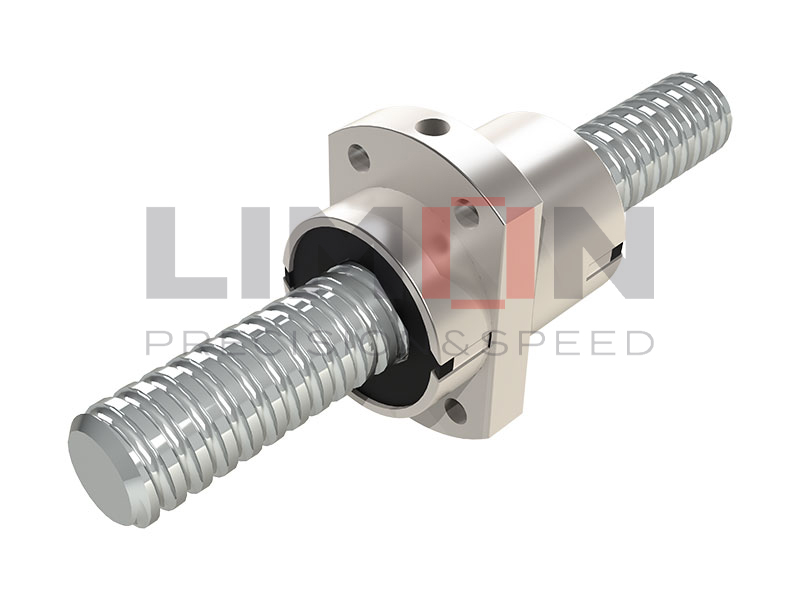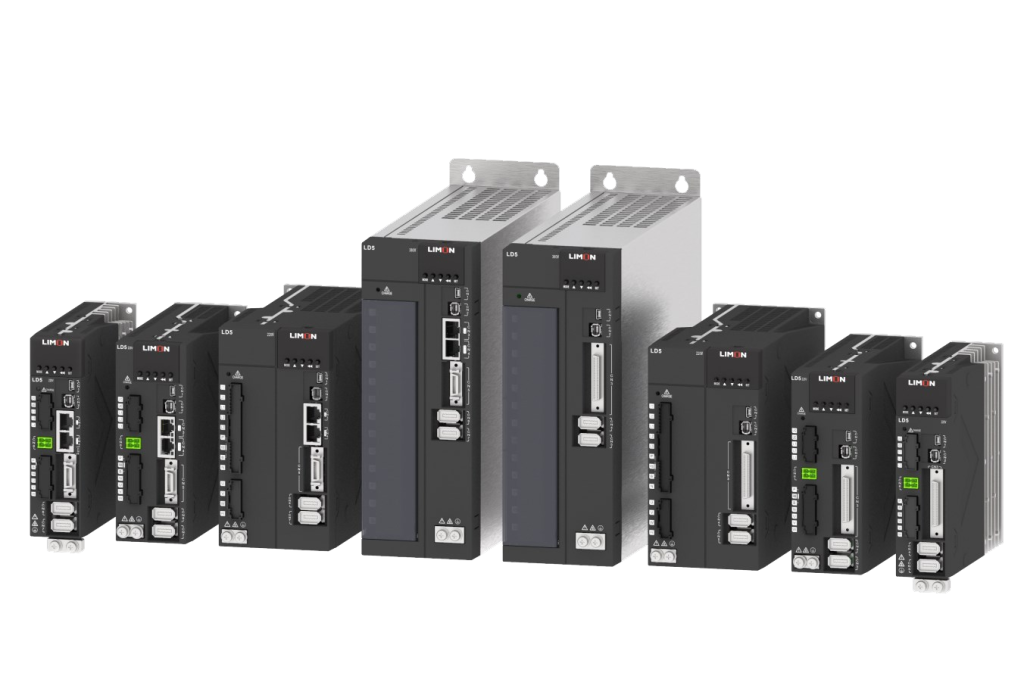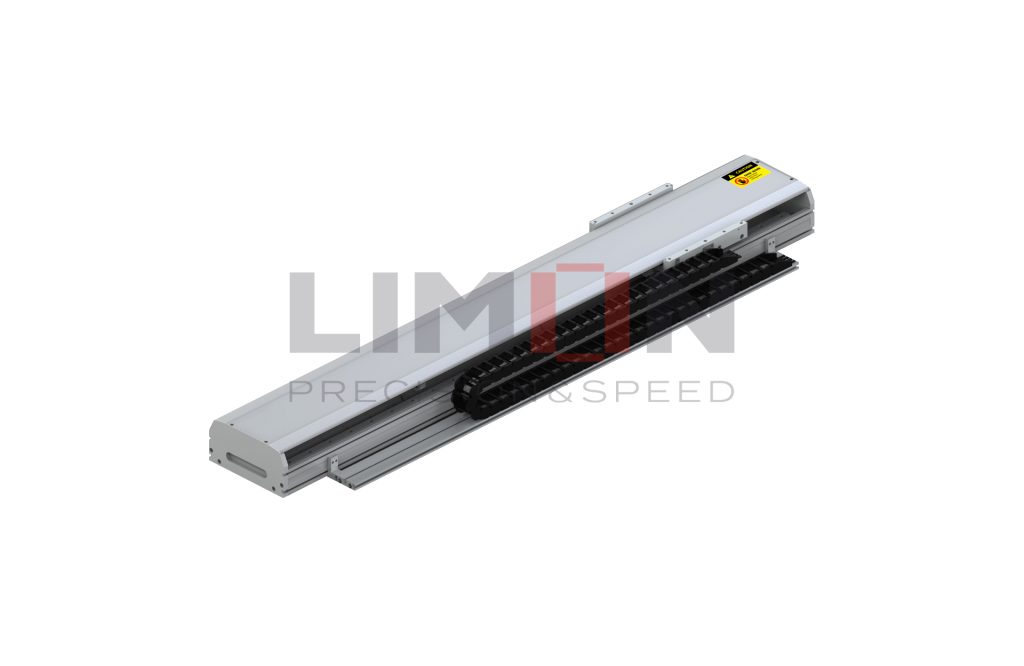Servo drives, in their plural form, are essential components in the field of industrial automation, offering precise control and dynamic motion capabilities. In this comprehensive introduction, we will delve into the fundamentals of servo drives, exploring their functionality, applications, and key features that make them integral to modern automated systems.
What are Servo Drives?
Servo drives, also known as servo amplifiers or controllers, are electronic devices designed to control the motion of a servo motor. They play a critical role in converting electrical signals into precise movements, enabling accurate positioning, speed control, and torque regulation in various industrial applications.
How Do Servo Drives Work?
Servo drives operate by receiving control signals from a controller, often a programmable logic controller (PLC) or a computerized system. These signals dictate the desired position, speed, and torque of the connected servo motor. The servo drive then amplifies and modulates the electrical current supplied to the motor, ensuring it follows the specified parameters.
Applications of Servo Drives:
Servo drives find widespread use in industries requiring precise motion control. Common applications include robotics, CNC machining, conveyor systems, packaging machinery, and printing presses. Their ability to provide high-speed and accurate positioning makes them indispensable in processes where precision is paramount.
Key Components of Servo Drives:
- Control Circuit: Responsible for processing control signals and determining the motor’s output.
- Amplifier: Boosts the control signals to provide the necessary power for the servo motor.
- Feedback System: Typically includes encoders or resolvers to provide real-time feedback on the motor’s position and speed.
- Power Supply: Furnishes the required electrical power to the servo drive and, subsequently, the connected motor.
Advantages of Using Servo Drives:
- Precision and Accuracy: Servo drives excel in delivering precise and accurate motion control.
- High-Speed Performance: Capable of rapid adjustments in motor speed and torque, ideal for dynamic applications.
- Energy Efficiency: Optimizes power consumption through precise control, contributing to overall energy efficiency.
- Customizable Control: Offers a high degree of customization to match specific application requirements.
- Versatility: Suitable for a diverse range of industries and applications due to their adaptability.
Considerations for Selecting Servo Drives:
- Application Requirements: Understand the specific needs of your application, considering factors such as speed, torque, and precision.
- Compatibility: Ensure compatibility with existing controllers, motors, and feedback devices.
- Environmental Factors: Consider operating conditions, including temperature, humidity, and vibration levels.
- Scalability: Choose servo drives that allow for future expansions or upgrades.
Servo drives play a pivotal role in advancing automation by providing unparalleled control over motion in industrial settings. This introduction has covered the basics of servo drives, from their working principles to applications and key considerations for selection. As industries continue to evolve, the role of servo drives remains crucial in optimizing performance and driving efficiency in automated systems.




